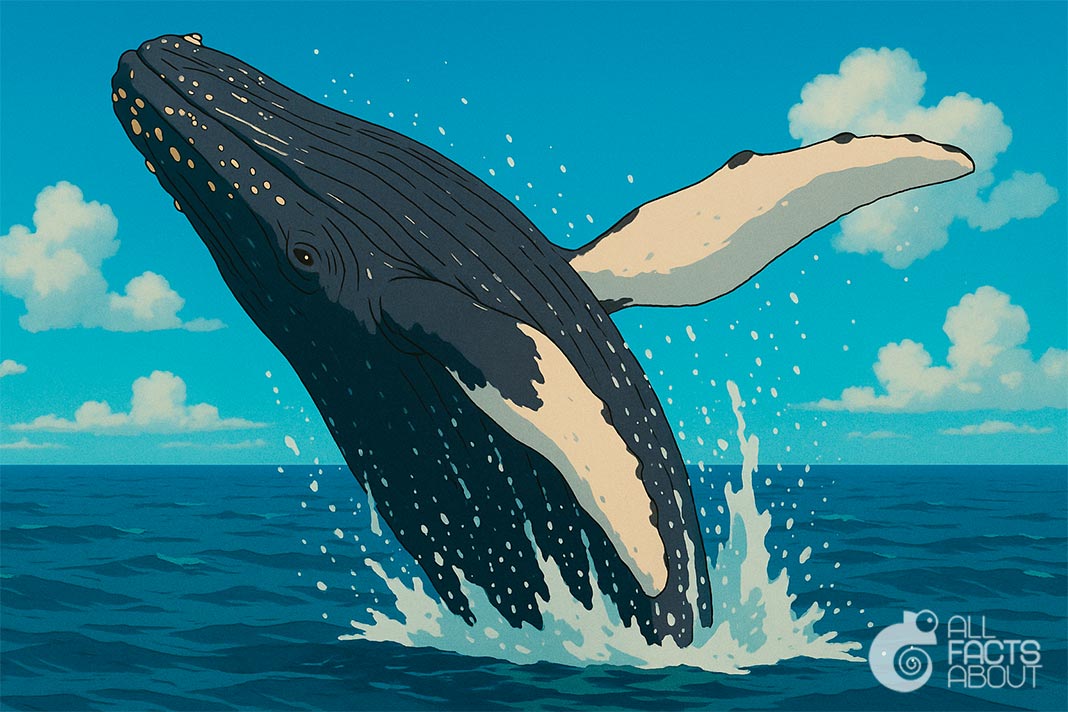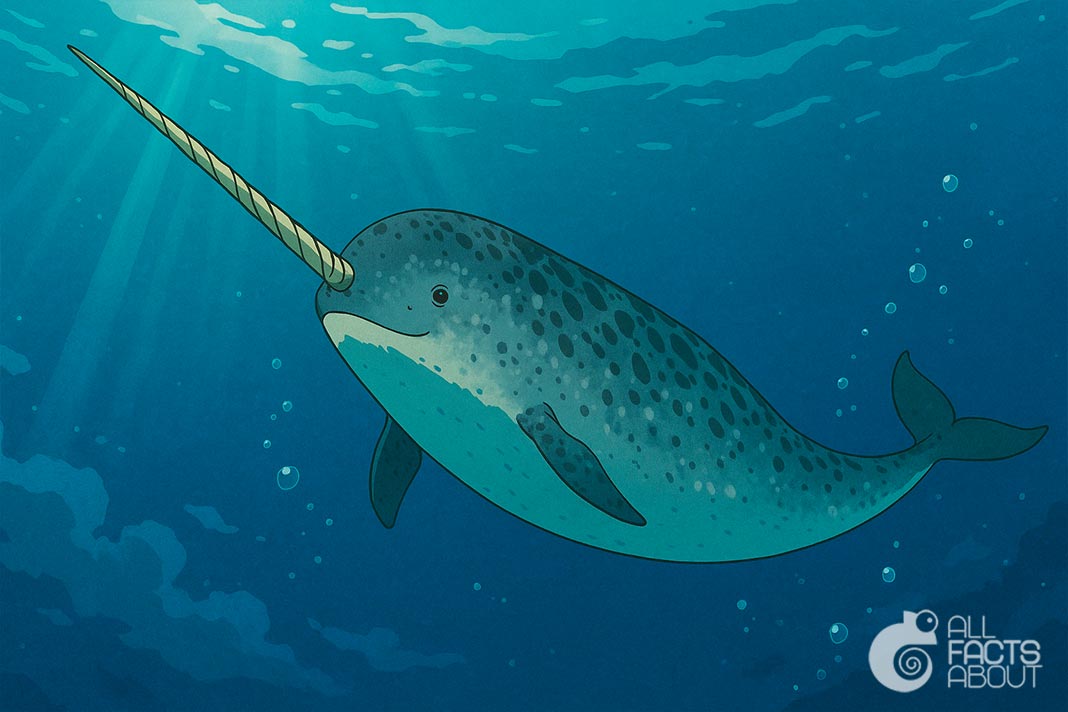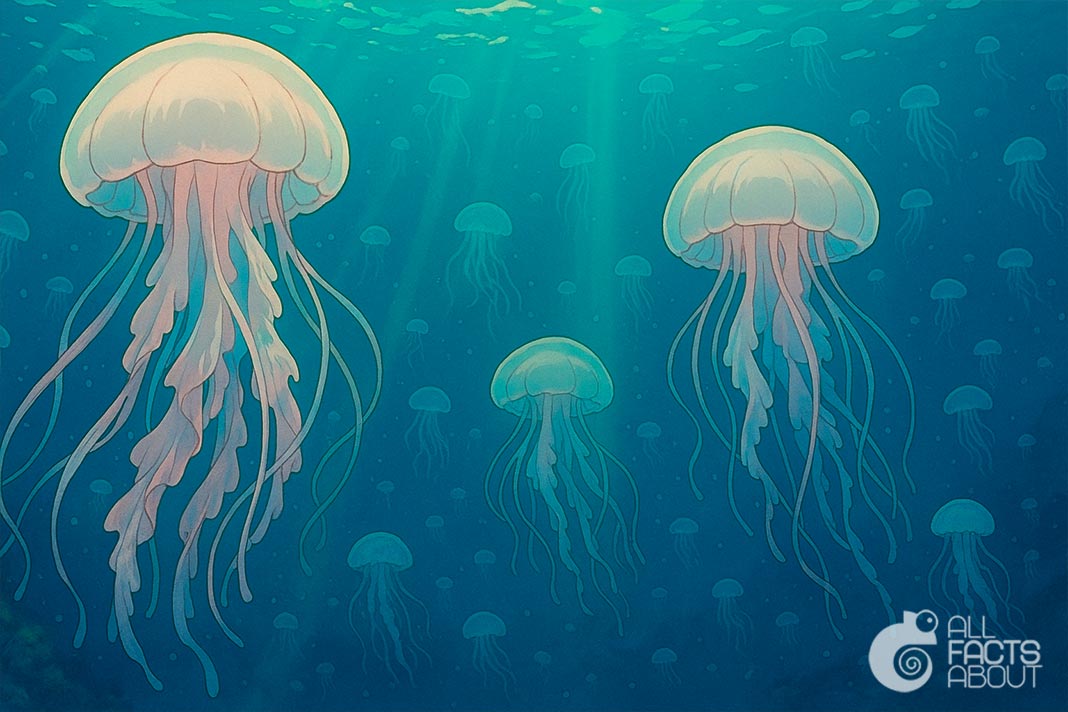Whales are among the most majestic and mysterious creatures of the ocean. These gentle giants play a crucial role in marine ecosystems, and their behaviors, biology, and intelligence continue to amaze scientists and nature lovers alike. Here is a collection of fascinating facts about whales.
1. Whales are mammals, not fish. They breathe air through lungs, give live birth, and nurse their young with milk, just like humans.
2. The blue whale is the largest animal to have ever lived on Earth. It can grow over 30 meters (100 feet) long and weigh up to 180,000 kilograms (400,000 pounds) — that’s more than 25 elephants combined!
3. Despite their size, blue whales feed on some of the smallest creatures in the ocean — tiny shrimp-like animals called krill. During feeding season, a single whale can consume up to 4 tons of krill each day.
4. Whales communicate through complex vocalizations. The songs of humpback whales can last up to 20 minutes and are repeated for hours. These sounds can travel hundreds of miles through the ocean.
5. Some species, like the bowhead whale, are among the longest-living mammals. Scientists estimate they can live over 200 years, based on harpoon tips found in the blubber of old individuals.
6. The humpback whale is famous for breaching — leaping out of the water and crashing down in a splash. Scientists believe this behavior may be a form of communication or a way to remove parasites.

Humpback whales can leap out of the water to a height of about 4 to 5 meters (13 to 16 feet).
8. The sperm whale has the largest brain of any animal on Earth, weighing around 9 kilograms (20 pounds). These intelligent creatures dive to depths over 1,000 meters (3,280 feet) in search of squid.
9. Whales are known to sleep with only one half of their brain at a time. This adaptation allows them to continue surfacing for air while resting, as complete unconsciousness would be fatal in water.
10. Whales can hold their breath for impressive lengths of time. The Cuvier’s beaked whale holds the record for the longest dive, staying underwater for over 3 hours without surfacing.
11. The blowhole on top of a whale’s head is its nose. Some species, like the blue whale, have a double blowhole, and when they exhale, the mist can reach up to 9 meters (30 feet) into the air.
12. Whale songs are not just random sounds — they follow a structure and rhythm. In some species, the entire population sings the same song, which slowly evolves over time like a cultural tradition.
13. Beluga whales are often called the "canaries of the sea" because of their wide range of vocal sounds. These social whales use clicks, whistles, and chirps to communicate within their pods.
14. The narwhal, often called the “unicorn of the sea,” has a long, spiral tusk that is actually an elongated tooth. Scientists believe it helps detect temperature and salinity changes in Arctic waters.

A narwhal's tusk is actually an elongated tooth.
16. Whale calves are born tail-first to prevent drowning during birth. A newborn blue whale calf is already about 8 meters (26 feet) long and can gain up to 90 kilograms (200 pounds) per day.
17. Some toothed whales, such as orcas, are apex predators with no natural enemies. Although commonly called "killer whales," orcas are not true whales in a taxonomic sense. They actually belong to the dolphin family (Delphinidae) and are the largest members of this group.
18. Whale migrations are among the longest of any animal. Some species, like the gray whale, travel over 16,000 kilometers (10,000 miles) round trip between feeding and breeding grounds each year.
19. Whales were once heavily hunted for their blubber, which was used to make oil for lamps and machinery. Today, many species are protected by international law. Japan, Norway, and Iceland are countries that continue whaling under various pretexts, such as "scientific research," which often draws criticism from the international community.




